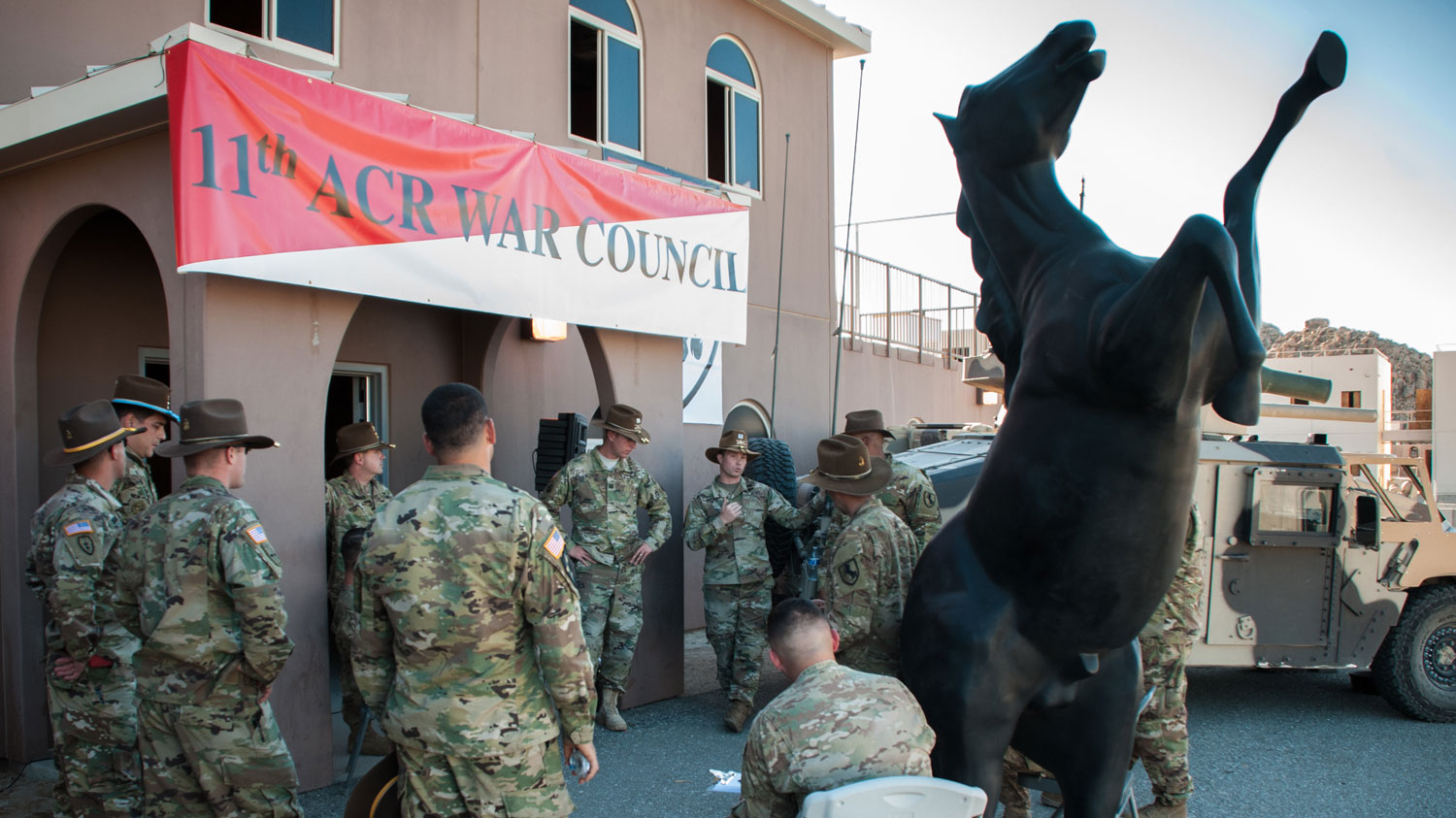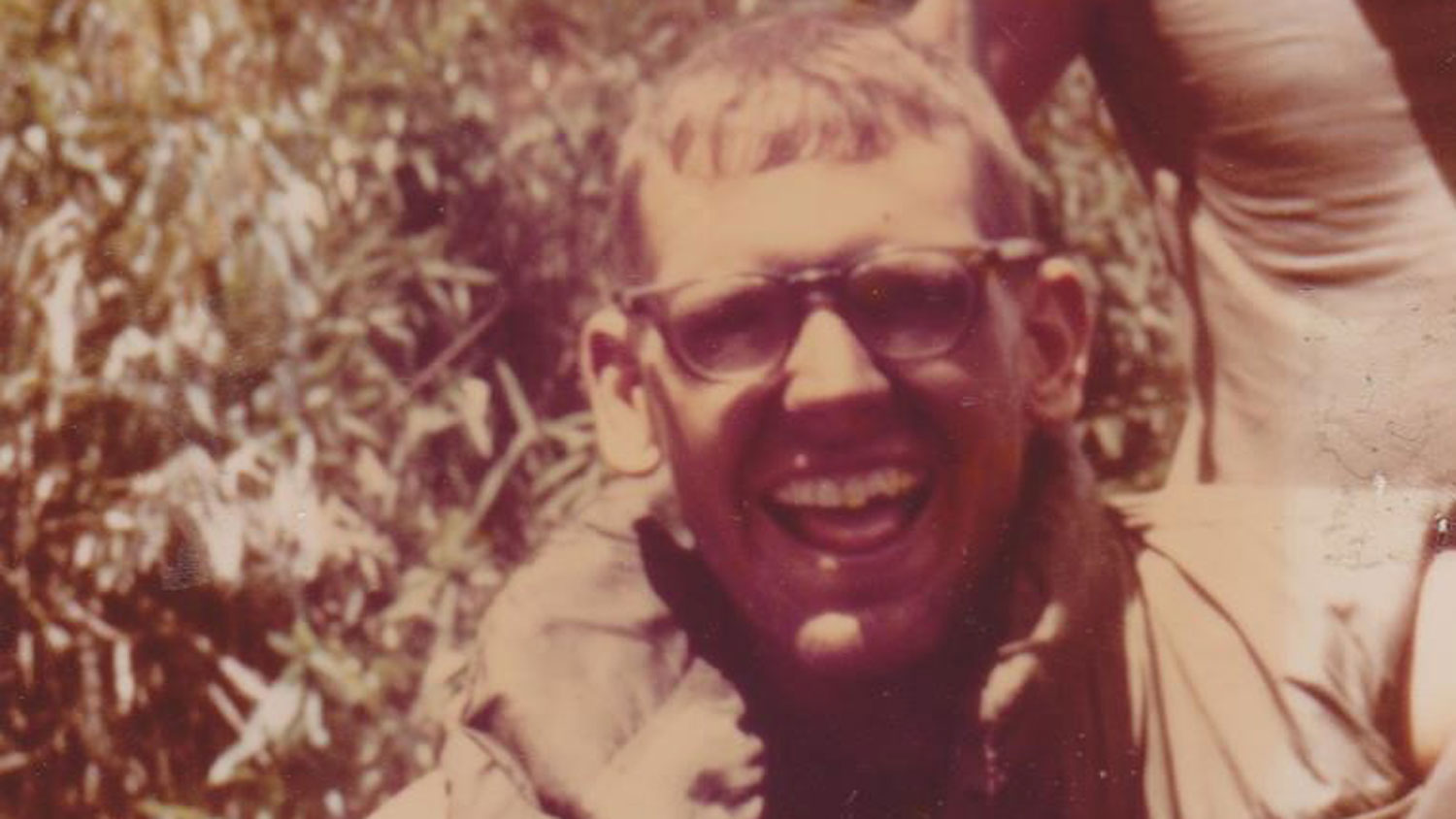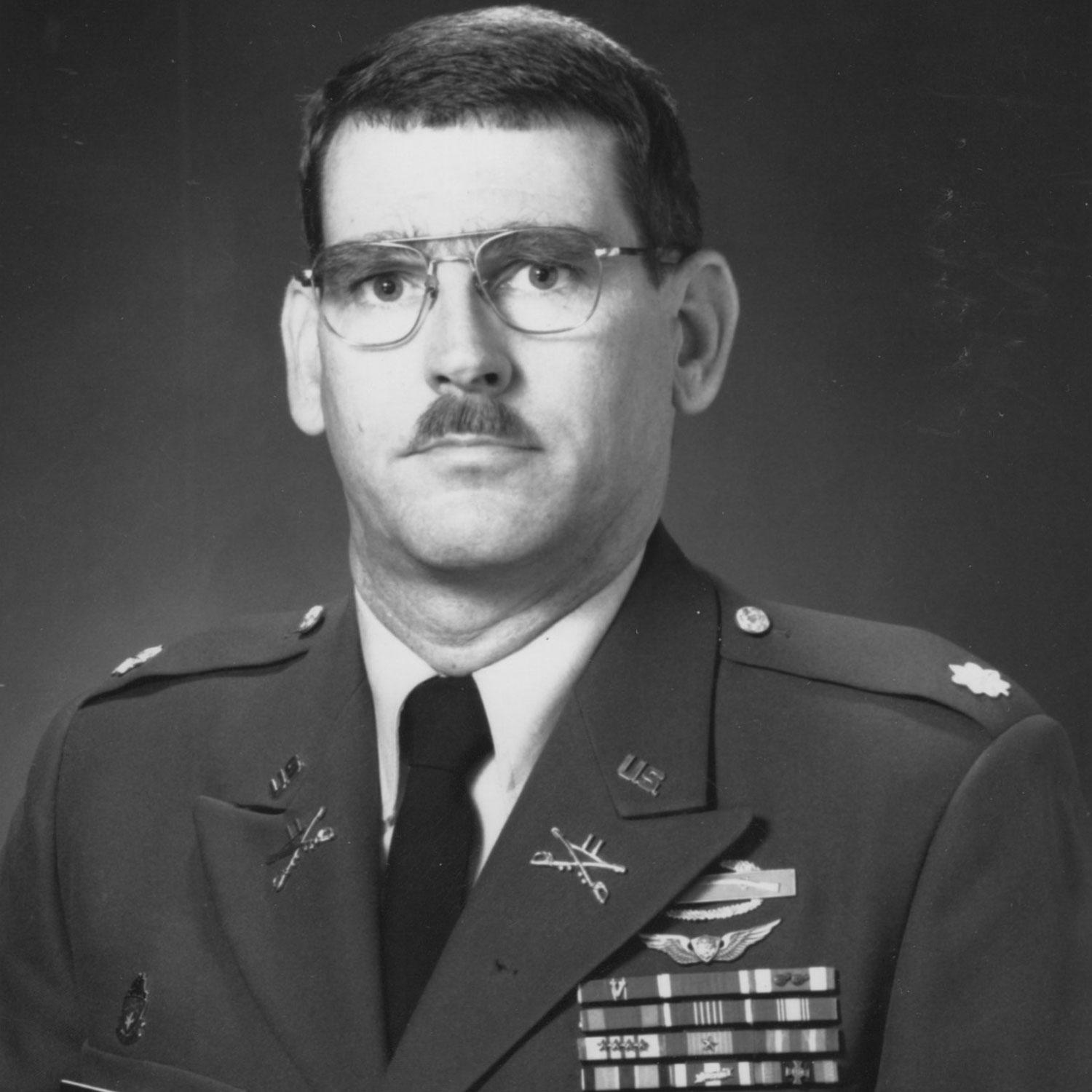Debunking the legend behind 11th Armored Cavalry Regiment's Blackhorse nickname
A decorated, second-generation trooper of 11th Armored Cavalry Regiment - nicknamed the Blackhorse Regiment - is striving to ensure its historical accuracy.
Since retiring, Lieutenant Colonel Donald Snedeker has been interviewing Blackhorse Regiment veterans to share their stories, honour their sacrifices but also correct what he believes are misconceptions about the regiment's nickname.
Purple Heart recipient Lt Col Snedeker, author of The Blackhorse in Vietnam and historian for the 11th Armored Cavalry Veterans of Vietnam and Cambodia, said: "Are they competing myths, mine and the oil fire soot?
"Conceivably, but I can point to newspaper articles and... it is the hard evidence convinces me that this is how it happened."
Thanks to decades of research, Lt Col Snedeker insists a story synonymous with the Blackhorse Regiment was a well-intentioned fabrication that eventually evolved from fiction to reality over time.

It is written about on official US Army websites and told with pride by those serving today but is it a real story or an urban myth that has increased in popularity because of its association with the real-life heroic acts of Troopers of the Blackhorse Regiment in 1924?
Today, the job of the modern-day 11th ACR is to play the role of the enemy and wreak havoc on visiting units at the US Army's giant National Training Center (NTC) at Fort Irwin in the Mojave Desert to help turn them into better soldiers.
However, a century ago, 11th Cavalry Regiment – 11th ACR's name before the Second World War – was faced with a different task, guarding the border between Southern California and Mexico.
In 1924, the regiment leapt into action when a devastating fire threatened to destroy Presidio of Monterey, where the regiment was stationed from 1919 to 1940.
The Monterey oil tank fire of 1924
On 14 September 1924, the Californian town was set alight after a lightning bolt hit an oil storage facility, starting a fire so powerful and relentless that it took days to put out.
The flames spread quickly so 11th Cavalry Regiment took action, ripping down fence panels to protect themselves from the heat of the flames.
After five brutal days battling the fire, which caused an estimated $3,000,000 of property damage, many had died, with hundreds more severely burned or otherwise injured.
Some say the nickname 'Blackhorse Regiment' originated from tales of soot from the oil fire drifting through the air and settling on the regiment's horses, giving them a black appearance.
However, Lt Col Snedeker says he cannot find any proof of this, saying: "I believe it to be a myth because I have no historical records of any kind.
"No newspapers, letters, history from the regiment that makes that connection between the horses covered with soot and it becoming the Blackhorse Regiment.
"I just can't draw a straight line to it, but it's the image of it that makes it so appealing.
"I don't have any historical references that I've had access to that even confirmed that the horses were covered in soot and were all black."

What is the real origin of the Blackhorse Regiment's nickname?
Lt Col Snedeker believes the regiment's connection to Hollywood might have led to the birth of its nickname.
Between the First and Second World Wars, 11th Cavalry Regiment soldiers appeared in many films such as Troopers Three (1929) and Sergeant Murphy (1937).
The latter movie featured the future US president, Ronald Reagan, who was assigned to 323rd Cavalry on 18 June 1937.
When not patrolling the border, training, taking part in polo competitions or appearing in films, troopers would ride in civilian parades such as the Pasadena Rose Parade and it became a tradition that B Troop (Bravo Troop) and G Troop (Golf Troop) only rode black horses.
Lt Col Snedeker said: "It started back in the 19 teens when the regimental commander said, 'Wouldn't it be neat if everybody in A Troop was on one colour horse and everybody in B Troop was on another colour horse? And so it started then.
"Hollywood was savvy about publicity back then, as it is now and so, very quickly, there were headlines about the Black Horse Troop riding in the parade and I draw a line from there to the late 30s when it became popularly known as the Blackhorse Regiment."
Local papers reported on the activities of 11th Cavalry Regiment, referring to them as the Black Horse Troop.
For example, 'Black Horse Troop Is Here' was the headline in The Californian on 24 July 1922 and, the next day, an article contained the following: "Capt Joe Rogers, commanding the famous Black Horse Troop, of the 11th US Cavalry, had his men out bright and early this morning."
The veteran turned historian and author believes it was "inevitable" the regiment would become known as the Blackhorse Regiment when the crest featuring a black horse and the motto Allons was adopted in the late 1930s.

Lt Col Snedeker's impressive 23-year-long military career saw him follow in the footsteps of his father who served in the Blackhorse Regiment during the Second World War and his brother who served two tours of Vietnam.
He said: "I had one tour in Vietnam and I'm the only one [of my family] who came out with the Purple Heart, so I don't know if that has anything to do with bravery, and maybe it has to do with just being in the wrong place at the wrong time."
When speaking about his Purple Heart, the veteran's demeanour changes to one of utmost respect for the two troopers who died that day during the ensuing firefight after a rocket-propelled grenade struck their Armored Cavalry Assault Vehicle.
Lt Col Snedeker was also awarded the Bronze Star with 'V' for Valour and, in addition, the Combat Infantryman's Badge for engaging in combat with an enemy while leading a Long Range Reconnaissance Patrol Platoon.










